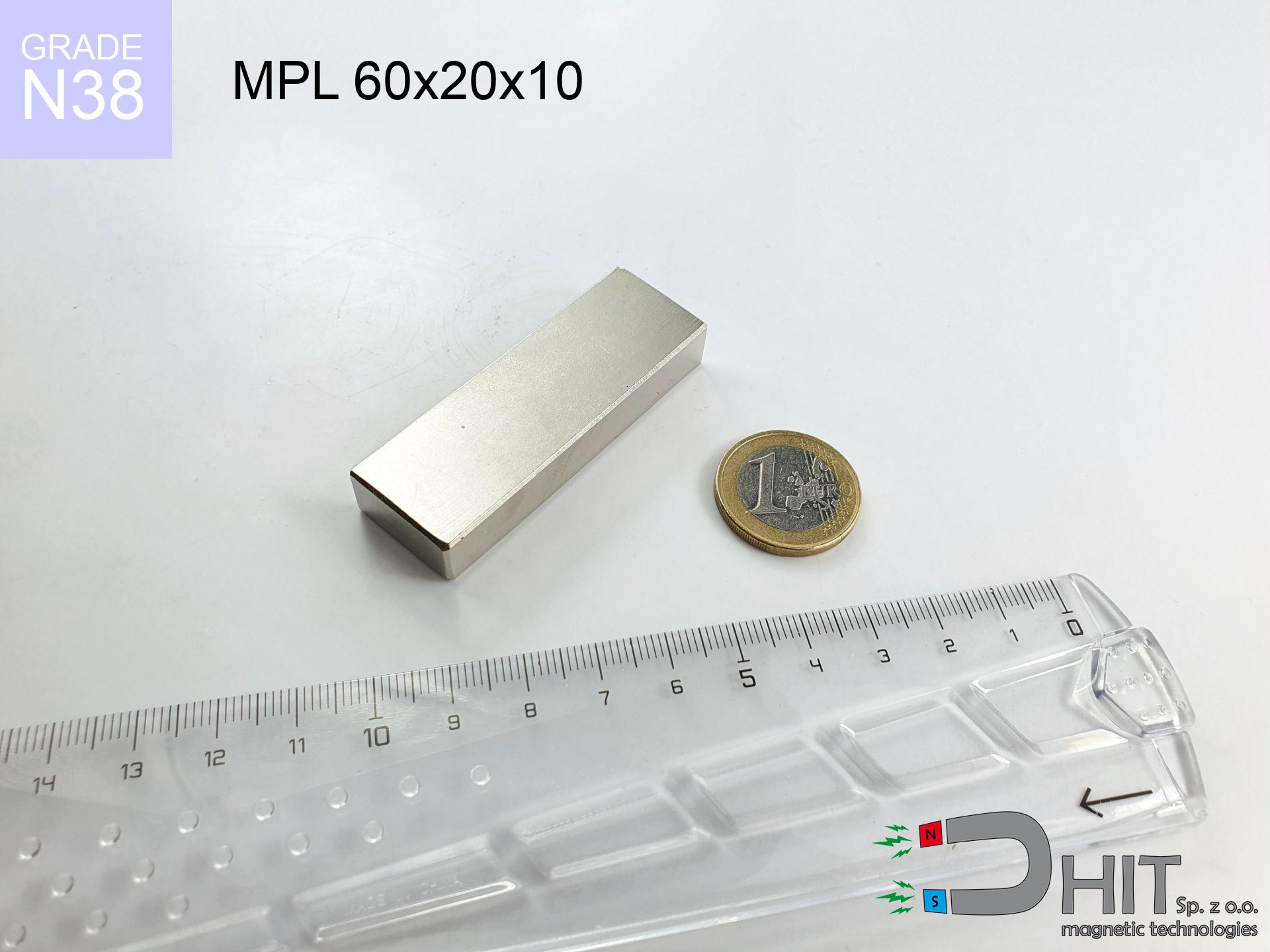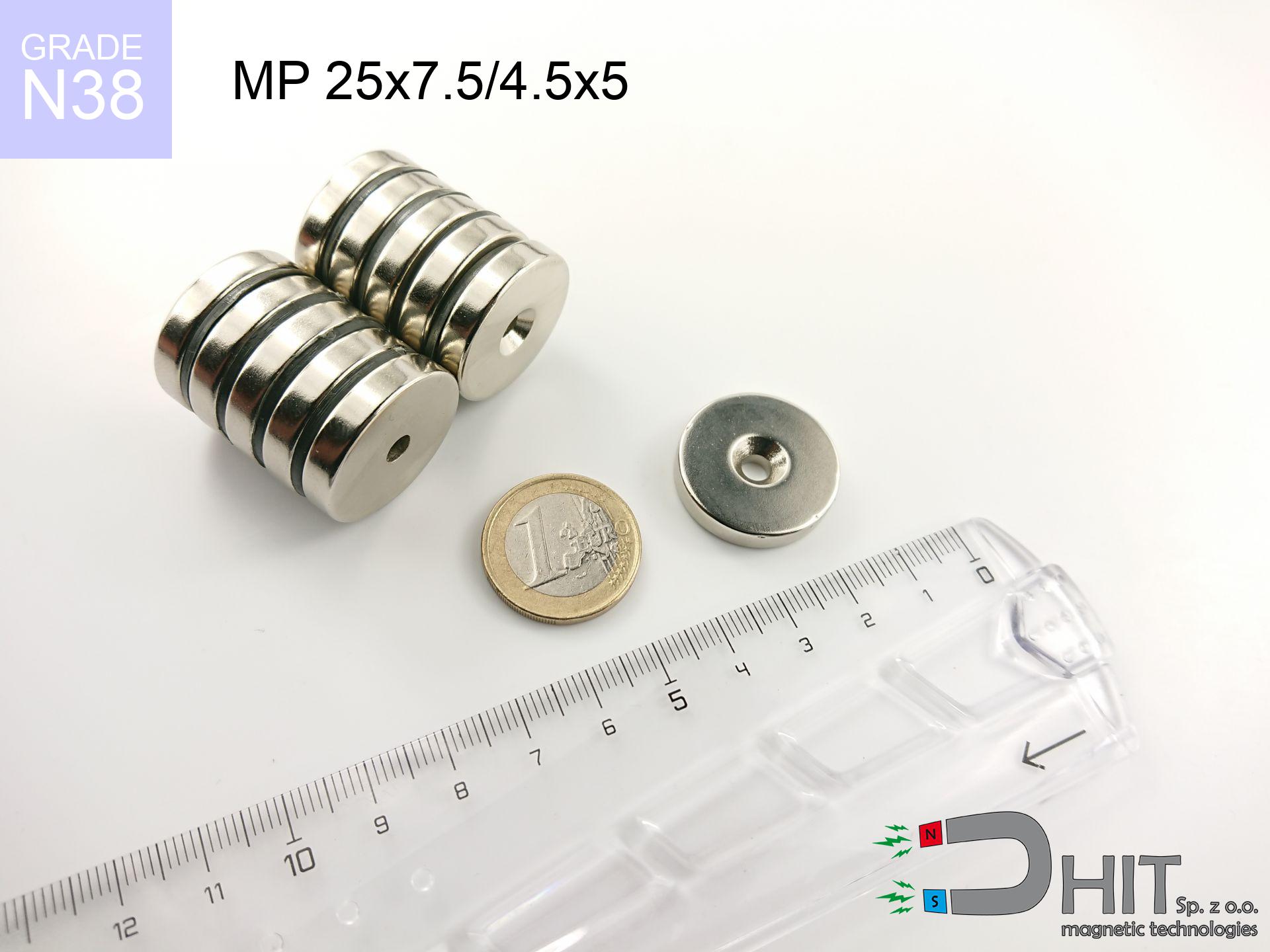NC NeoCube fi 5 mm kuleczki srebrne / N38
neocube
catalog number 120228
GTIN: 5906301812678
magnetizing direction
↑ axial
max. temperature
≤ 80
°C
catalog number 120228
GTIN: 5906301812678
magnetizing direction
↑ axial
max. temperature
≤ 80 °C
49.99 ZŁ gross price (including VAT) / pcs +
40.64 ZŁ net price + 23% VAT / pcs
bulk discounts:
need more quantity?Do you have trouble in choosing?
Give us a call tel: +48 22 499 98 98 or contact us via contact form on our website. You can check the mass and the shape of neodymium magnets in our force calculator force calculator
Orders placed by 2:00 PM will be shipped on the same business day.
Specification: neocube NeoCube fi 5 mm kuleczki srebrne / N38 ↑ axial
Magnetic properties of the material N38
Physical properties of sintered neodymium magnets Nd2Fe14B
Shopping tips
Advantages as well as disadvantages of neodymium magnets NdFeB.
In addition to immense strength, neodymium magnets have the following advantages:
- They do not lose power over time - after 10 years, their power decreases by only ~1% (theoretically),
- They are exceptionally resistant to demagnetization caused by an external magnetic field,
- By applying a shiny coating of nickel, gold, or silver, the element gains an aesthetic appearance,
- They exhibit very high magnetic induction on the surface of the magnet,
- Thanks to their high temperature resistance, they can operate (depending on the shape) even at temperatures up to 230°C and above...
- The ability for precise shaping or customization to specific needs – neodymium magnets can be produced in various forms and dimensions, which amplifies their universality in usage.
- Key role in advanced technologically fields – find application in computer drives, electric motors, medical devices or other highly developed apparatuses.
Disadvantages of neodymium magnets:
- They can break as they are extremely fragile when subjected to a strong impact. If the magnets are exposed to impacts, we recommend using magnets in a metal holder. The steel housing in the form of a holder protects the magnet from impacts and also increases its overall strength,
- Magnets lose their power due to exposure to high temperatures. In most cases, when the temperature exceeds 80°C, these magnets experience permanent reduction in strength (although it is worth noting that this is dependent on the form and size of the magnet). To avoid this problem, we offer special magnets marked with the [AH] symbol, which exhibit high temperature resistance. They can operate even at temperatures as high as 230°C or more,
- They rust in a humid environment - during outdoor use, we recommend using waterproof magnets, such as those made of rubber or plastic,
- The use of a cover or a magnetic holder is recommended due to the limited possibilities of manufacturing threads or complex shapes in the magnet
- Potential hazard arising from small pieces of magnets pose a threat, when accidentally ingested, which is crucial in the aspect of protecting young children. It's also worth noting that miniscule components of these devices have the potential to hinder the diagnostic process after entering the body.
Be Cautious with Neodymium Magnets
Magnets should not be treated as toys. Therefore, it is not recommended for children to have access to them.
Neodymium magnets are not toys. You cannot allow them to become toys for children. In such a situation, surgery is necessary to remove them. In the worst case scenario, it can result in death.
Dust and powder from neodymium magnets are flammable.
Avoid drilling or mechanical processing of neodymium magnets. If the magnet is crushed into fine powder or dust, it becomes highly flammable.
Neodymium magnets can attract to each other due to their immense internal force, causing the skin and other body parts to get pinched and resulting in significant injuries.
Magnets attract each other within a distance of several to about 10 cm from each other. Remember not to place fingers between magnets or alternatively in their path when attract. Magnets, depending on their size, are able even cut off a finger or there can be a severe pressure or even a fracture.
Neodymium magnets can become demagnetized at high temperatures.
Even though magnets have been found to maintain their efficacy up to temperatures of 80°C or 175°F, it's essential to consider that this threshold may fluctuate depending on the magnet's type, configuration, and intended usage.
Neodymium magnets are over 10 times more powerful than ferrite magnets (the ones in speakers), and their strength can shock you.
On our website, you can find information on how to use neodymium magnets. This will help you avoid injuries and prevent damage to the magnets.
Neodymium magnets should not be near people with pacemakers.
Neodymium magnets produce strong magnetic fields that can interfere with the operation of a heart pacemaker. Even if the magnetic field does not affect the device, it can damage its components or deactivate the entire device.
Keep neodymium magnets away from the wallet, computer, and TV.
Strong magnetic fields emitted by neodymium magnets can damage magnetic storage media such as floppy disks, credit cards, magnetic ID cards, cassette tapes, video tapes, or other devices. They can also damage televisions, VCRs, computer monitors, and CRT displays. Avoid placing neodymium magnets in close proximity to electronic devices.
Under no circumstances should neodymium magnets be brought close to GPS and smartphones.
Neodymium magnets produce strong magnetic fields that interfere with magnetometers and compasses used in navigation, as well as internal compasses of smartphones and GPS devices.
Magnets made of neodymium are particularly delicate, resulting in their breakage.
Magnets made of neodymium are extremely delicate, and by joining them in an uncontrolled manner, they will crumble. Neodymium magnets are made of metal and coated with a shiny nickel surface, but they are not as hard as steel. At the moment of collision between the magnets, sharp metal fragments can be dispersed in different directions.
Avoid contact with neodymium magnets if you have a nickel allergy.
Studies show a small percentage of people have allergies to certain metals, including nickel. An allergic reaction often manifests as skin redness and rash. If you have a nickel allergy, you can try wearing gloves or simply avoid direct contact with nickel-plated neodymium magnets.
In order to show why neodymium magnets are so dangerous, read the article - How very dangerous are strong neodymium magnets?.




![magnetic separator 32x375 [2xM8] / N42 magnetic separator 32x375 [2xM8] / N42](https://cdn3.dhit.pl/graphics/products/sm-32x375-2xm8-nif.jpg)


